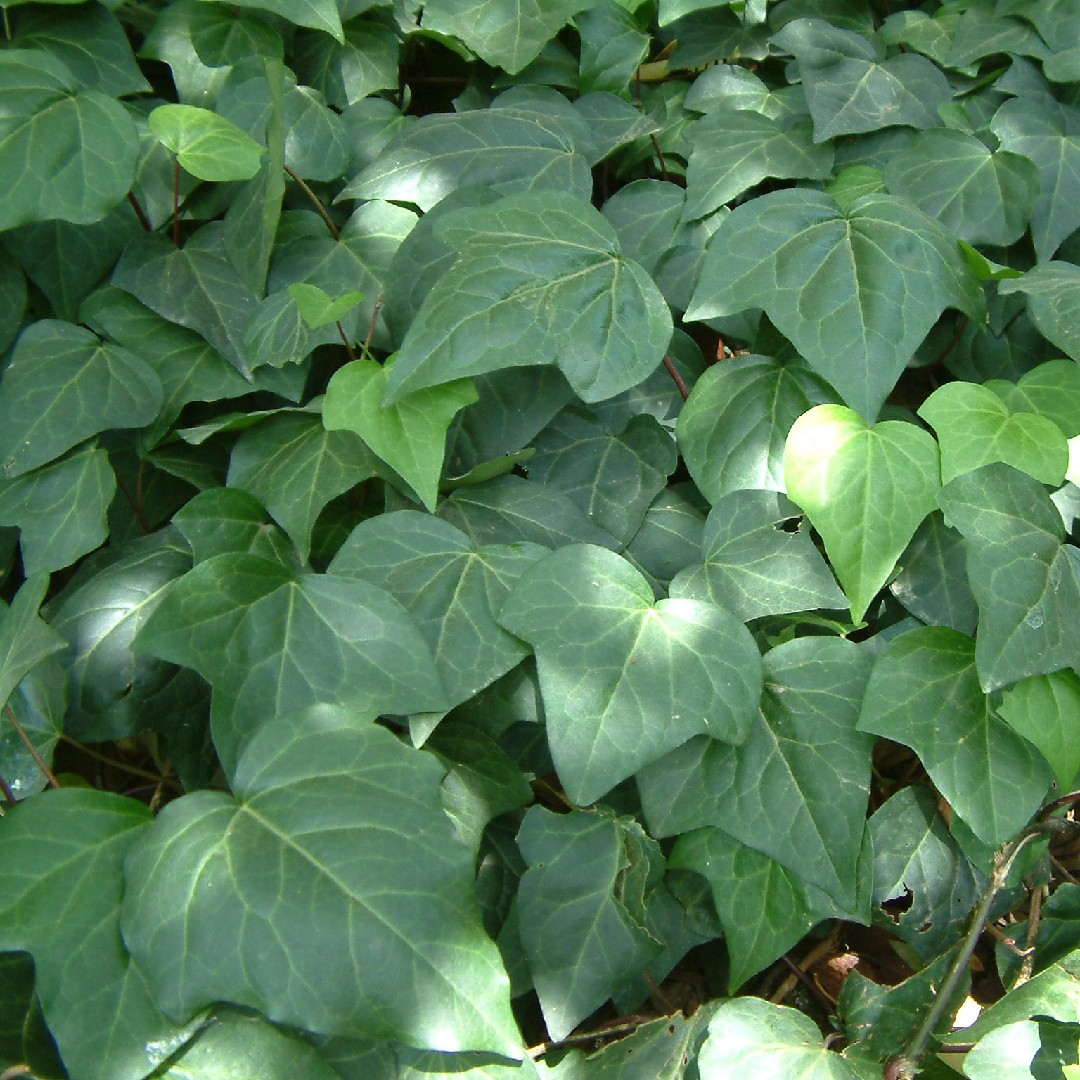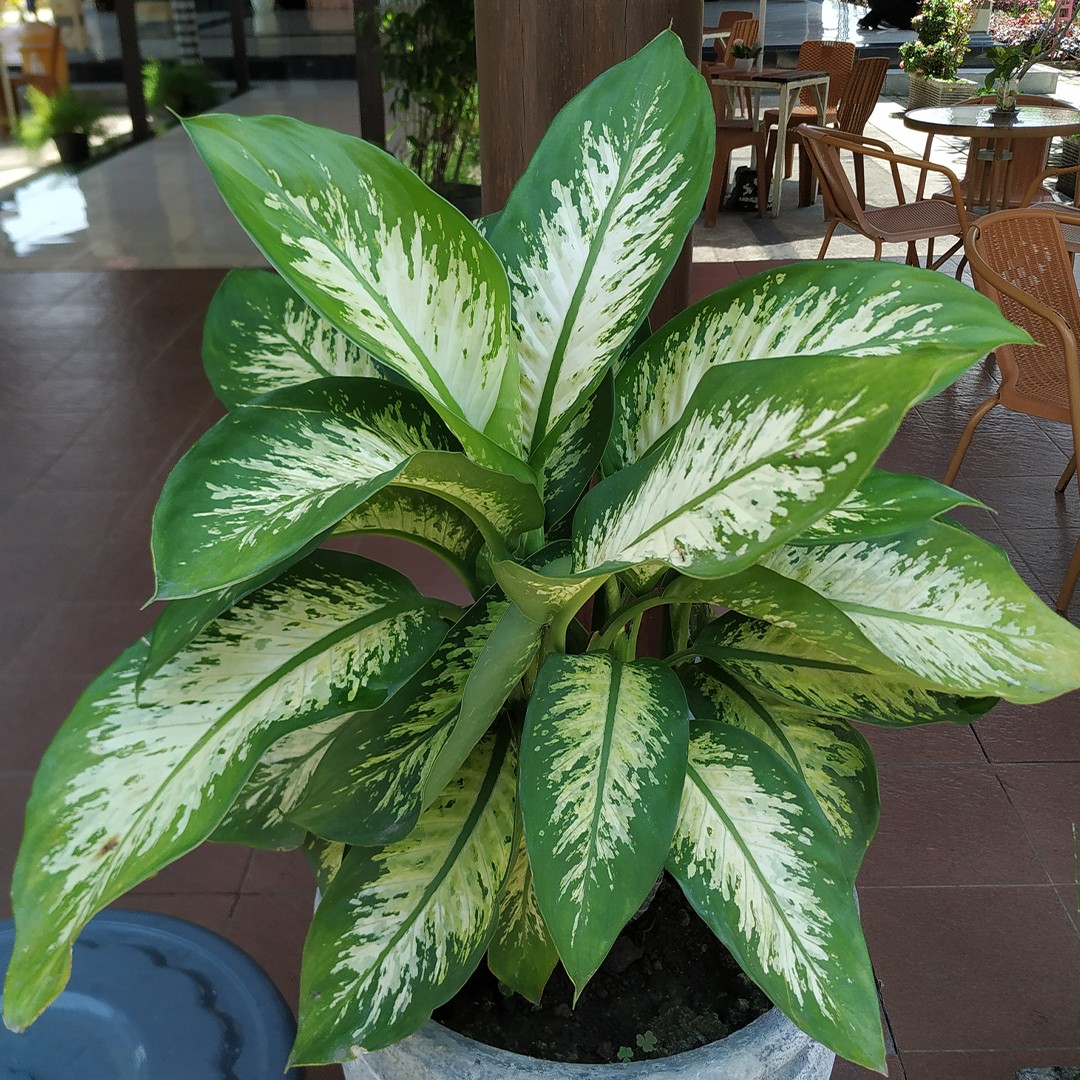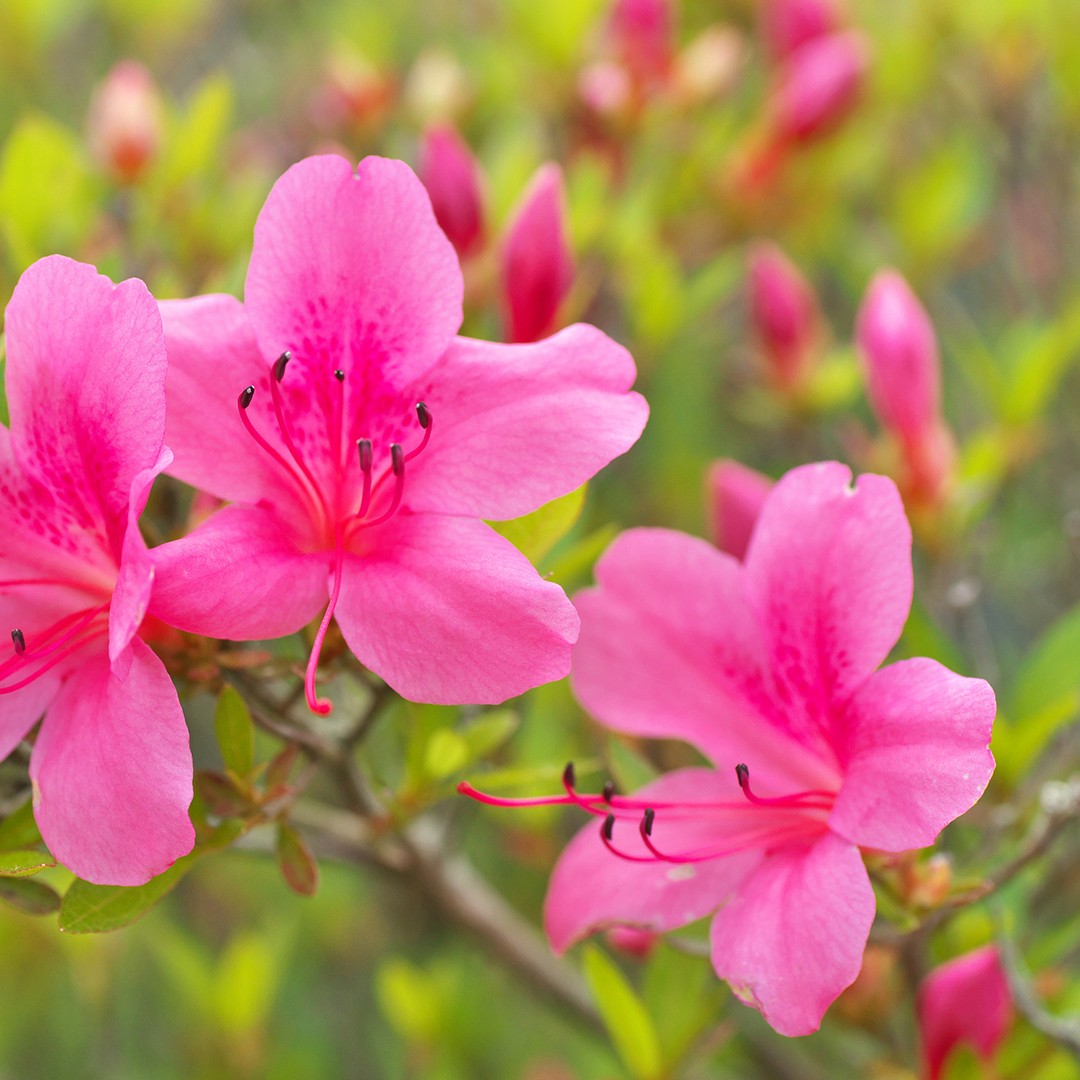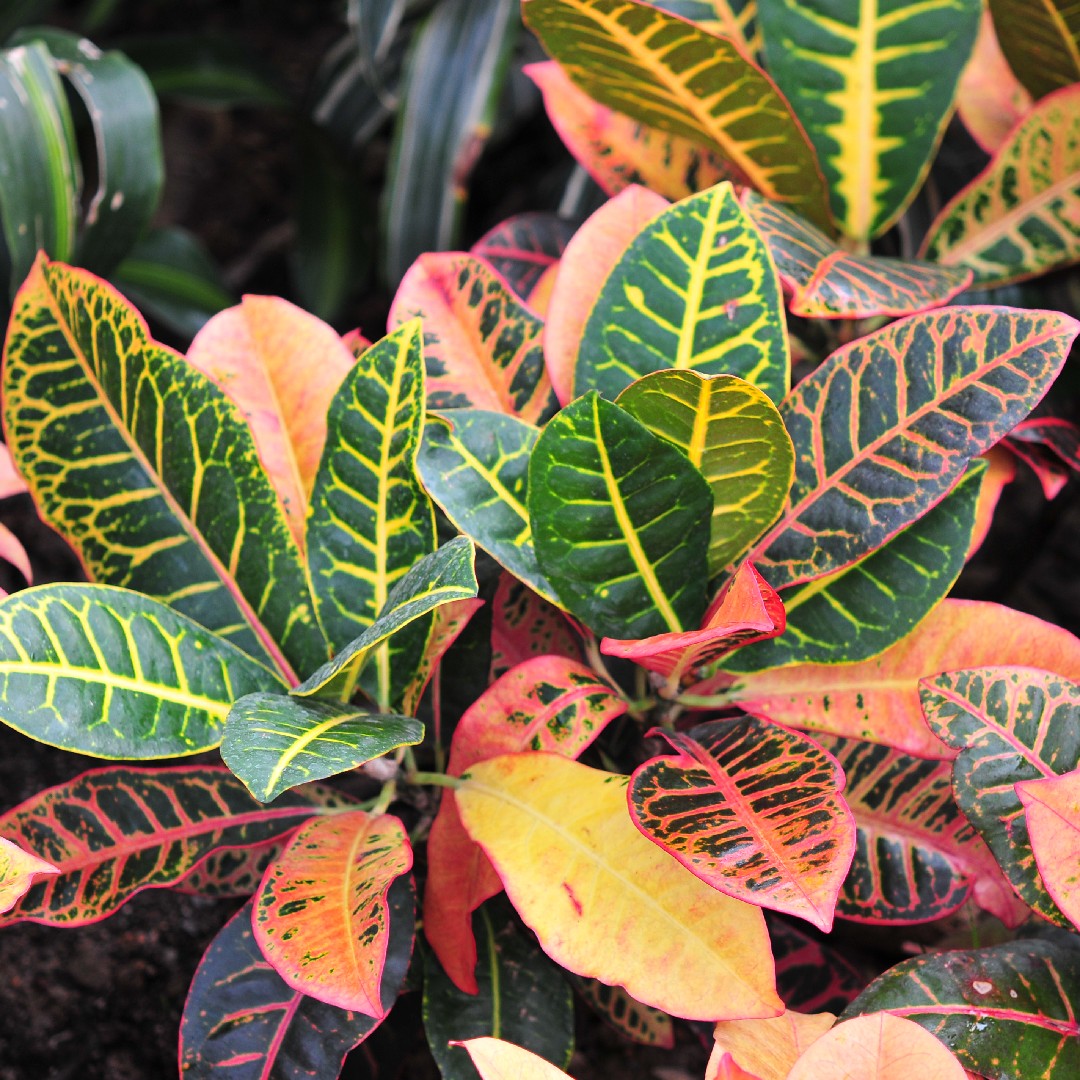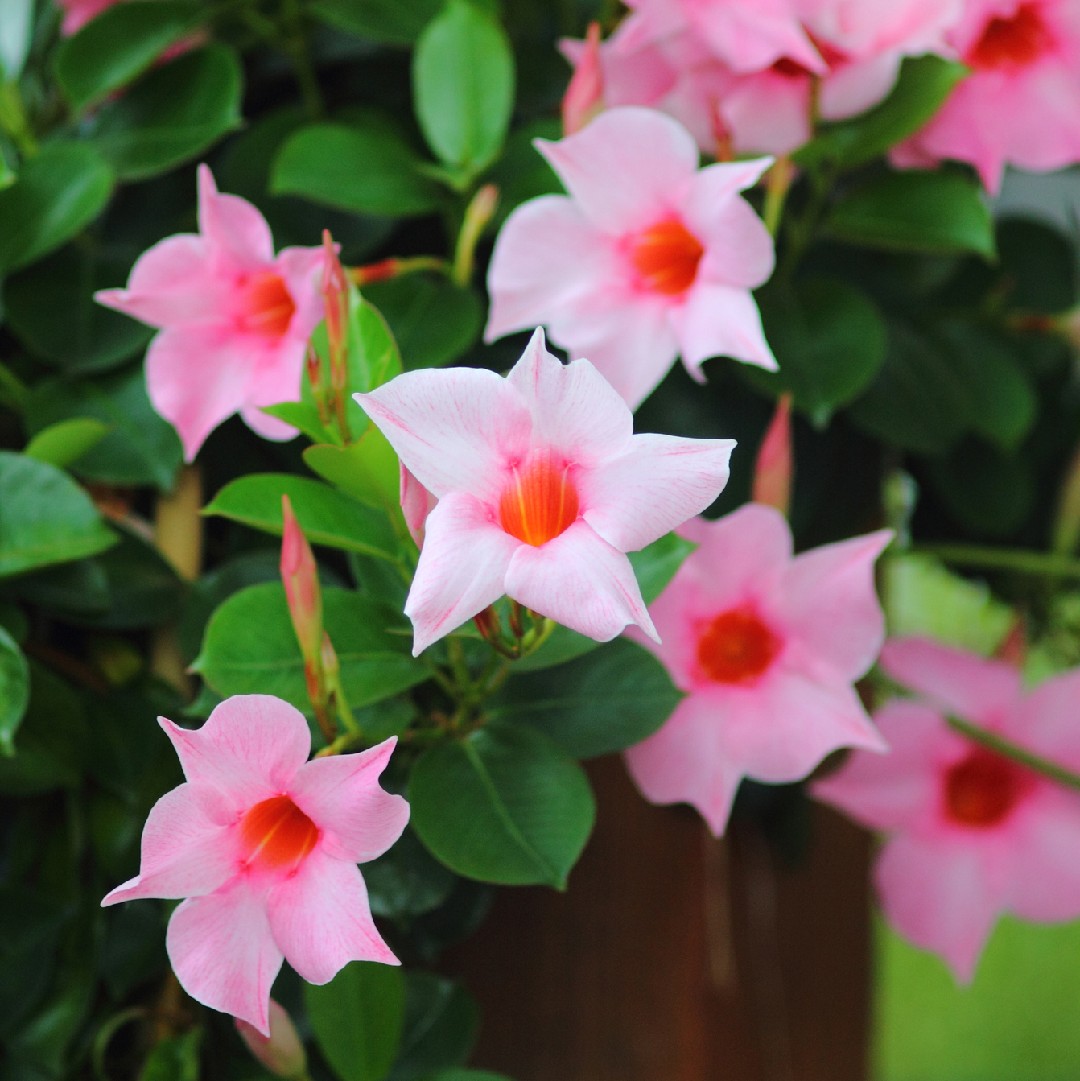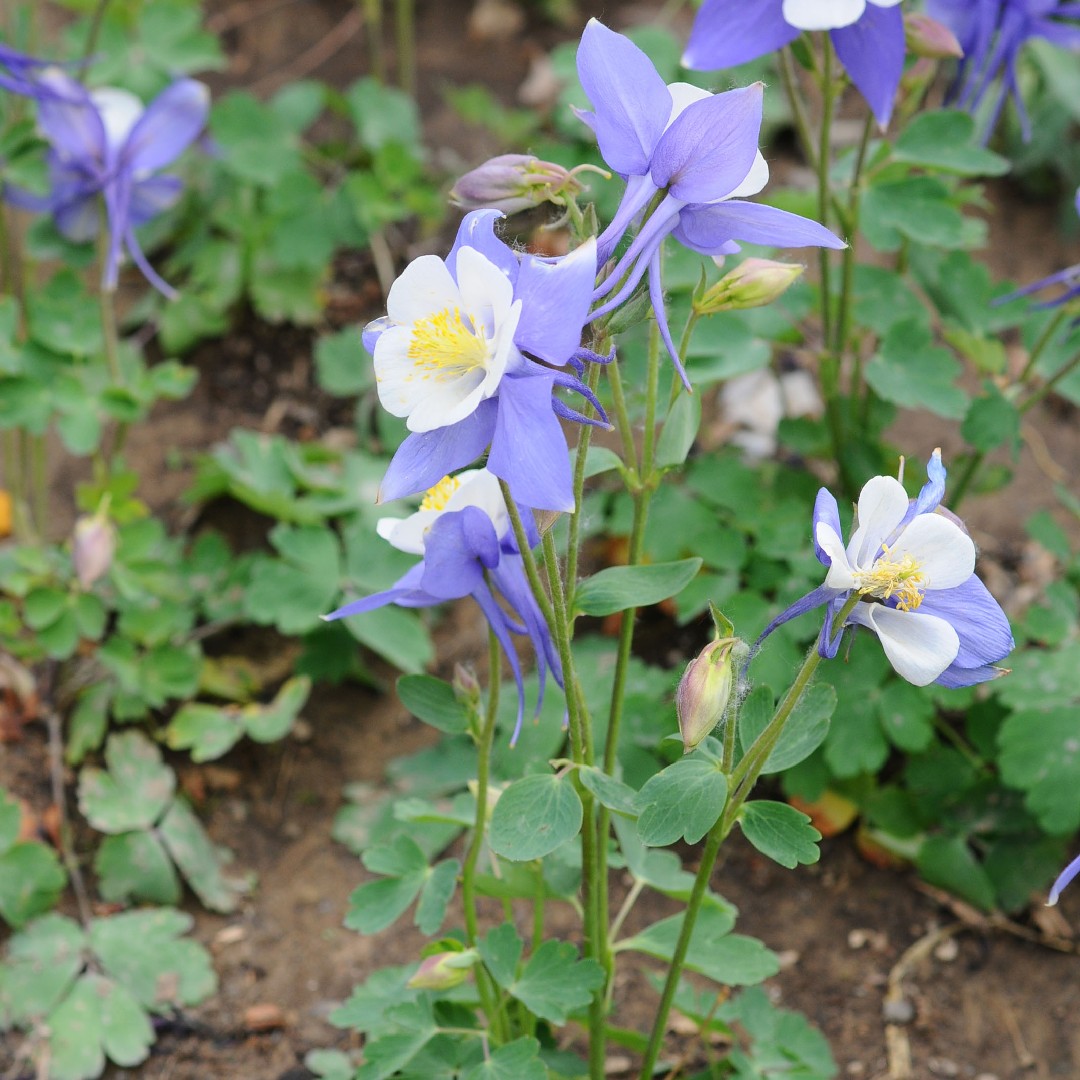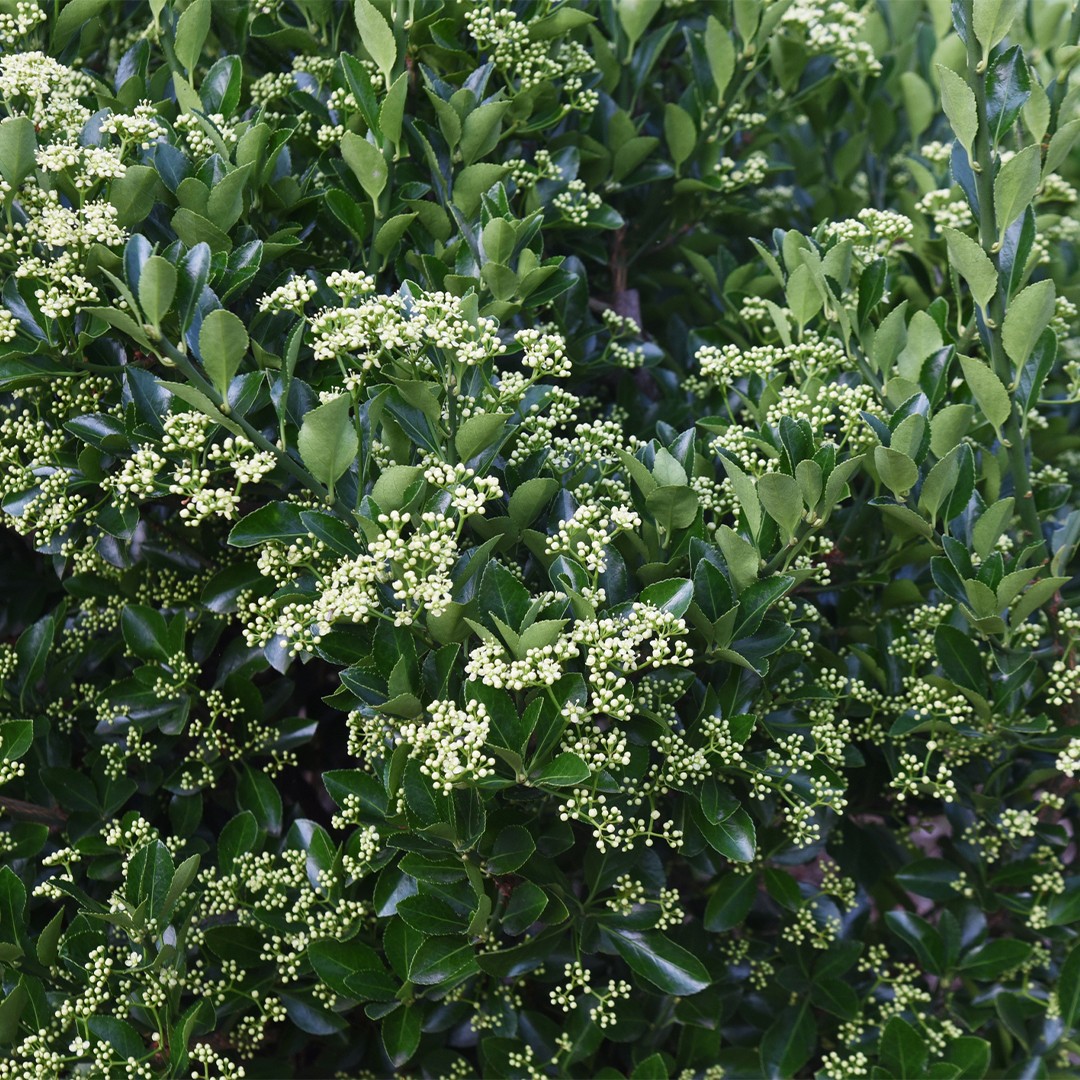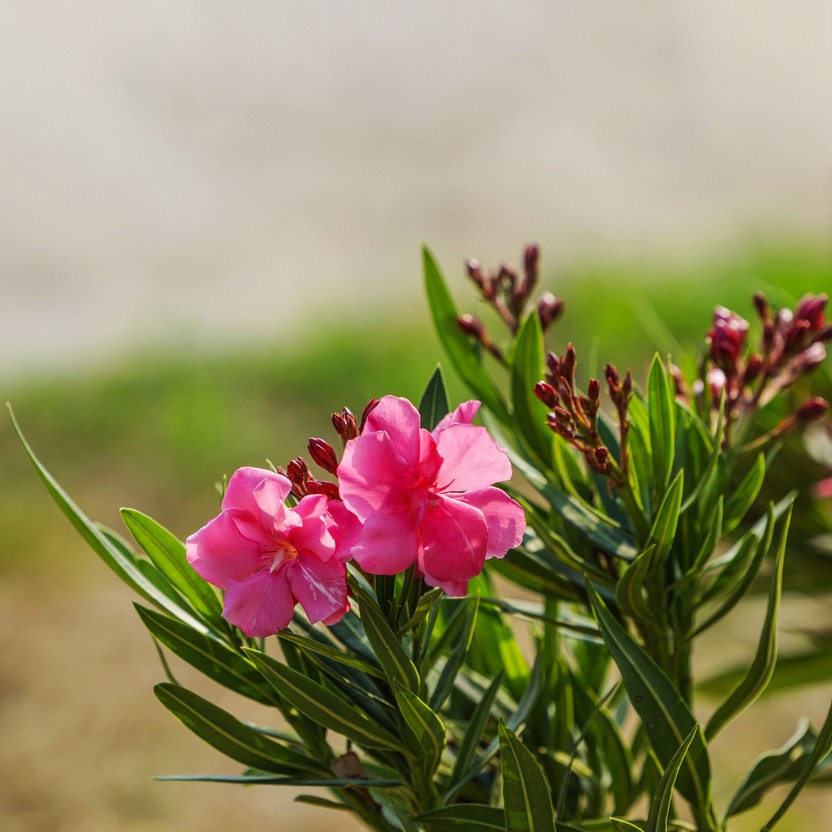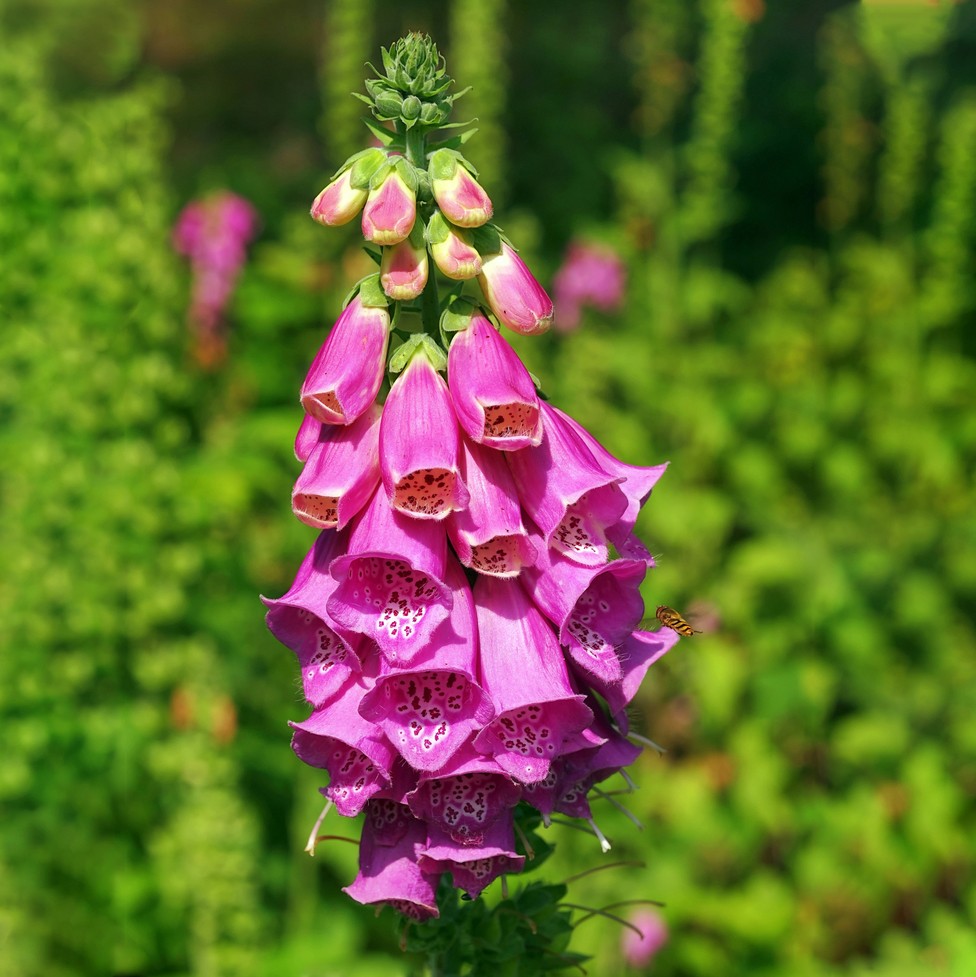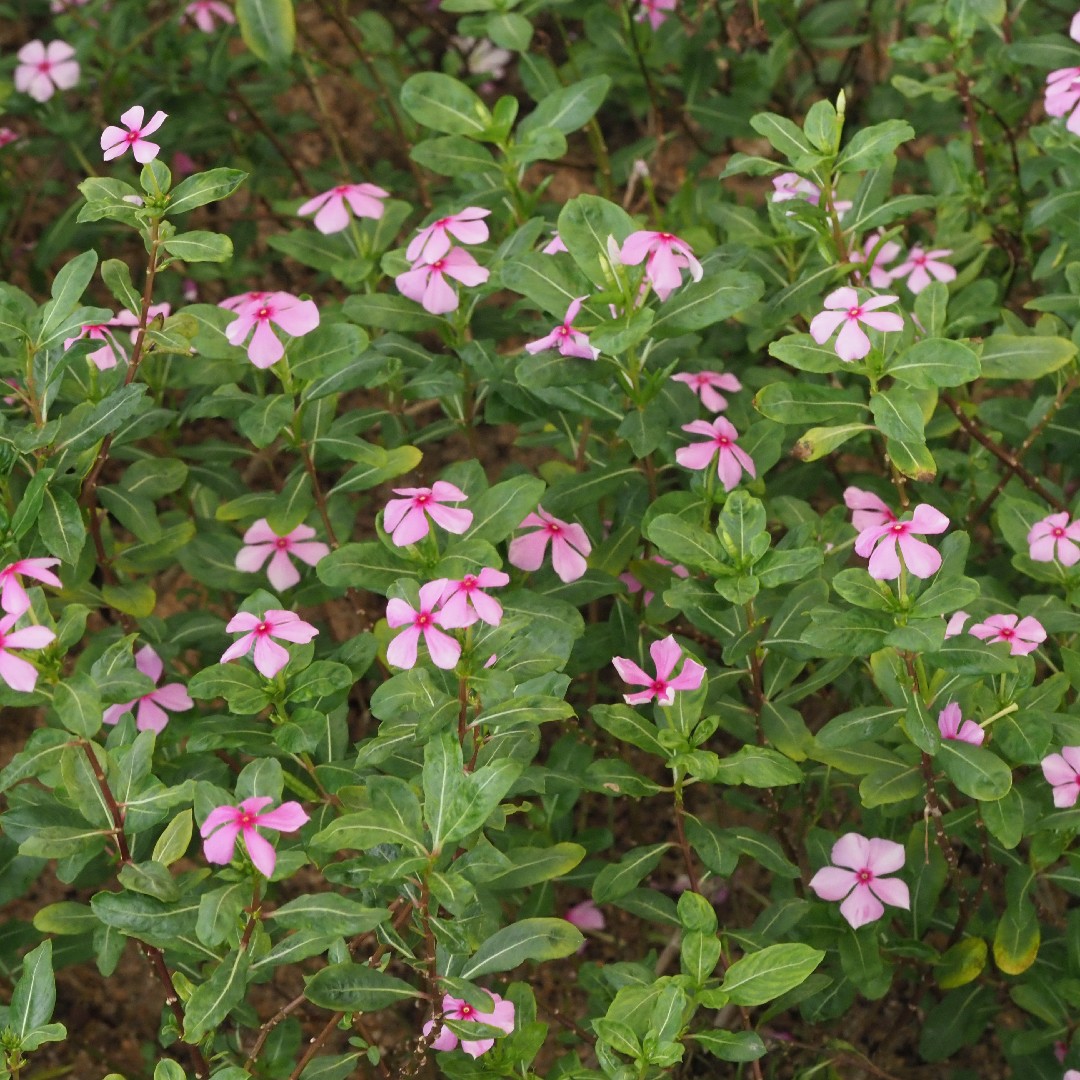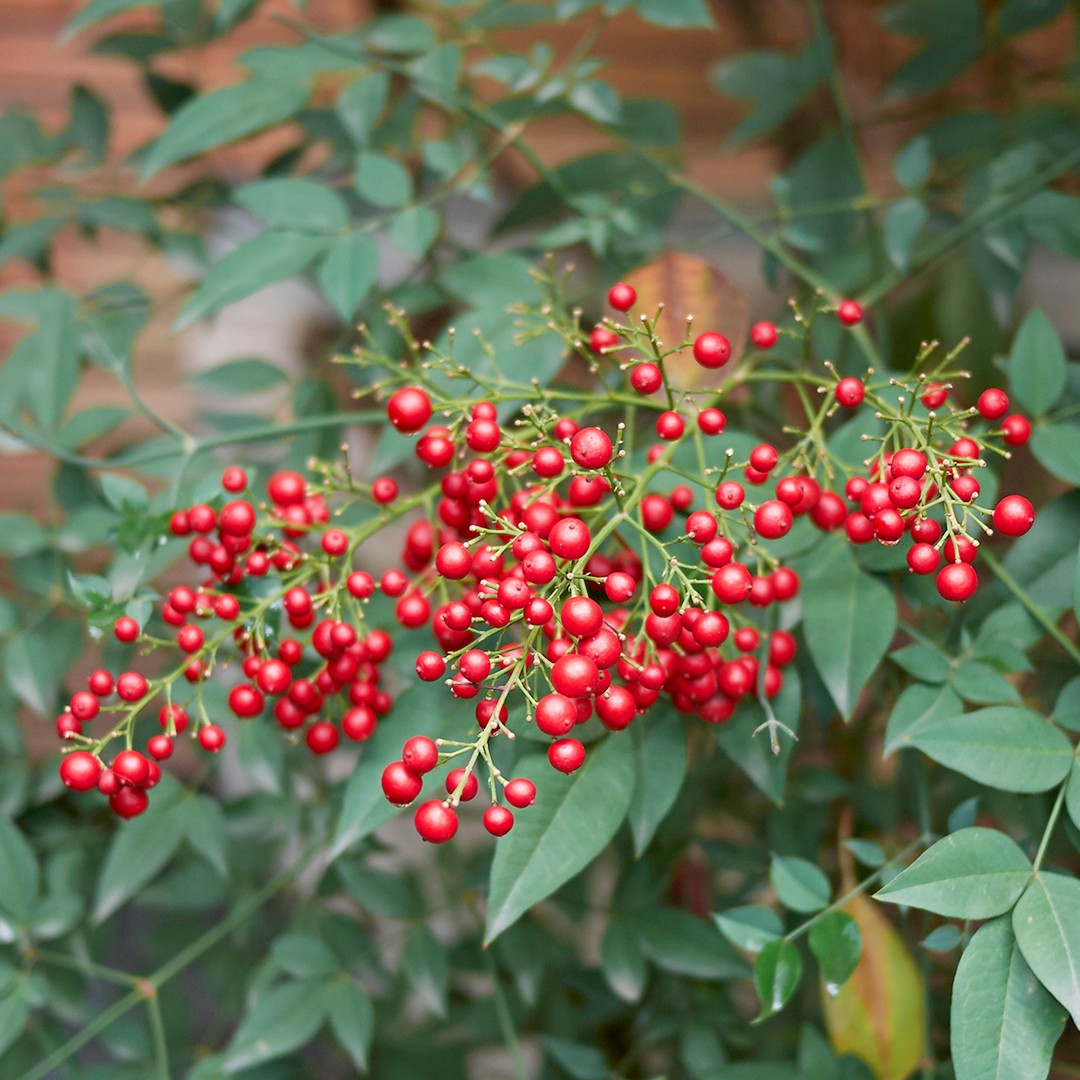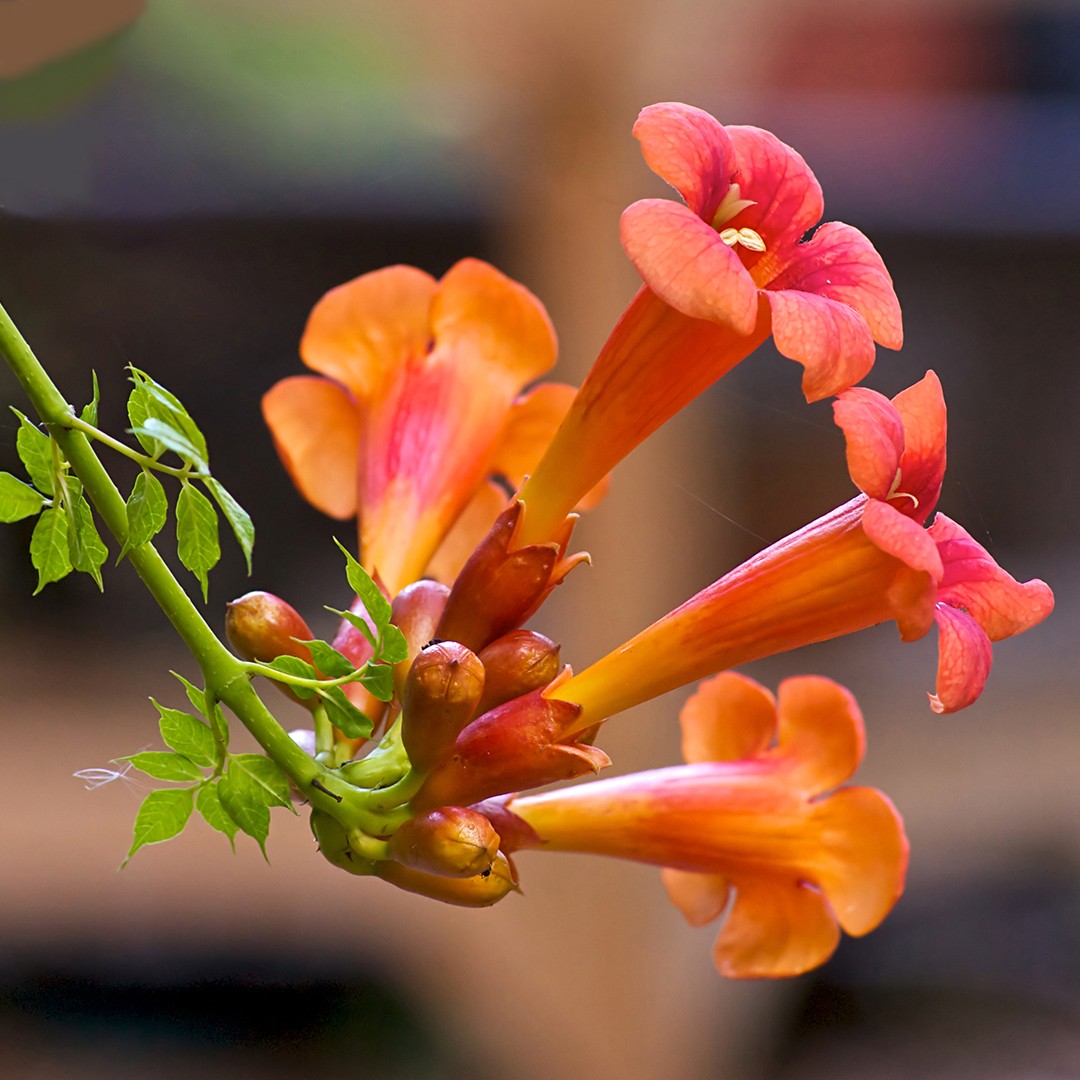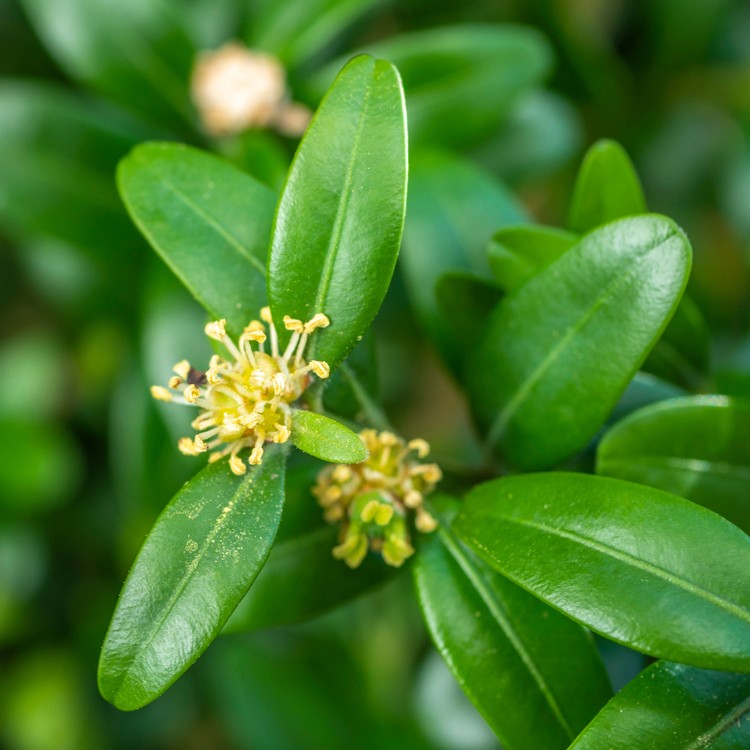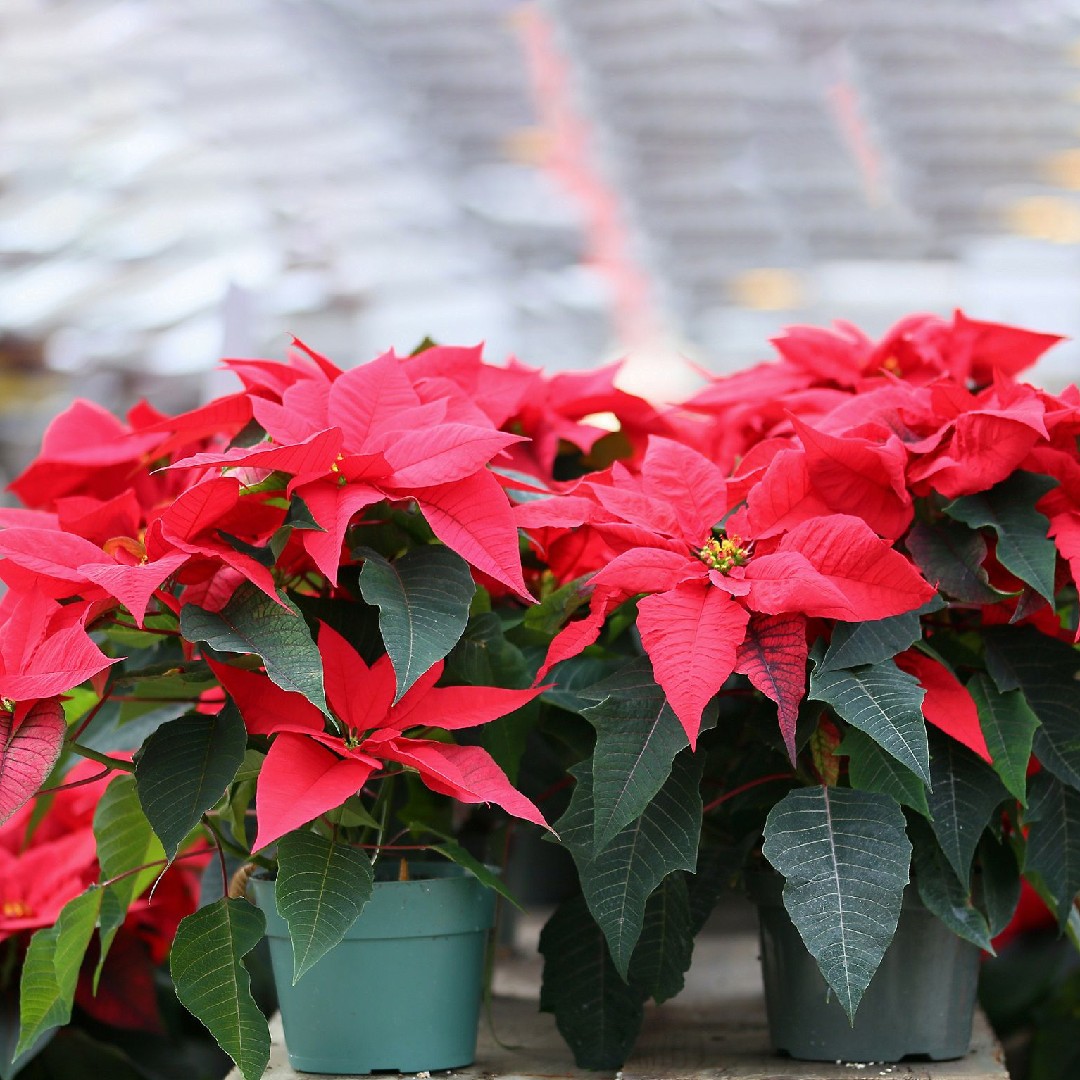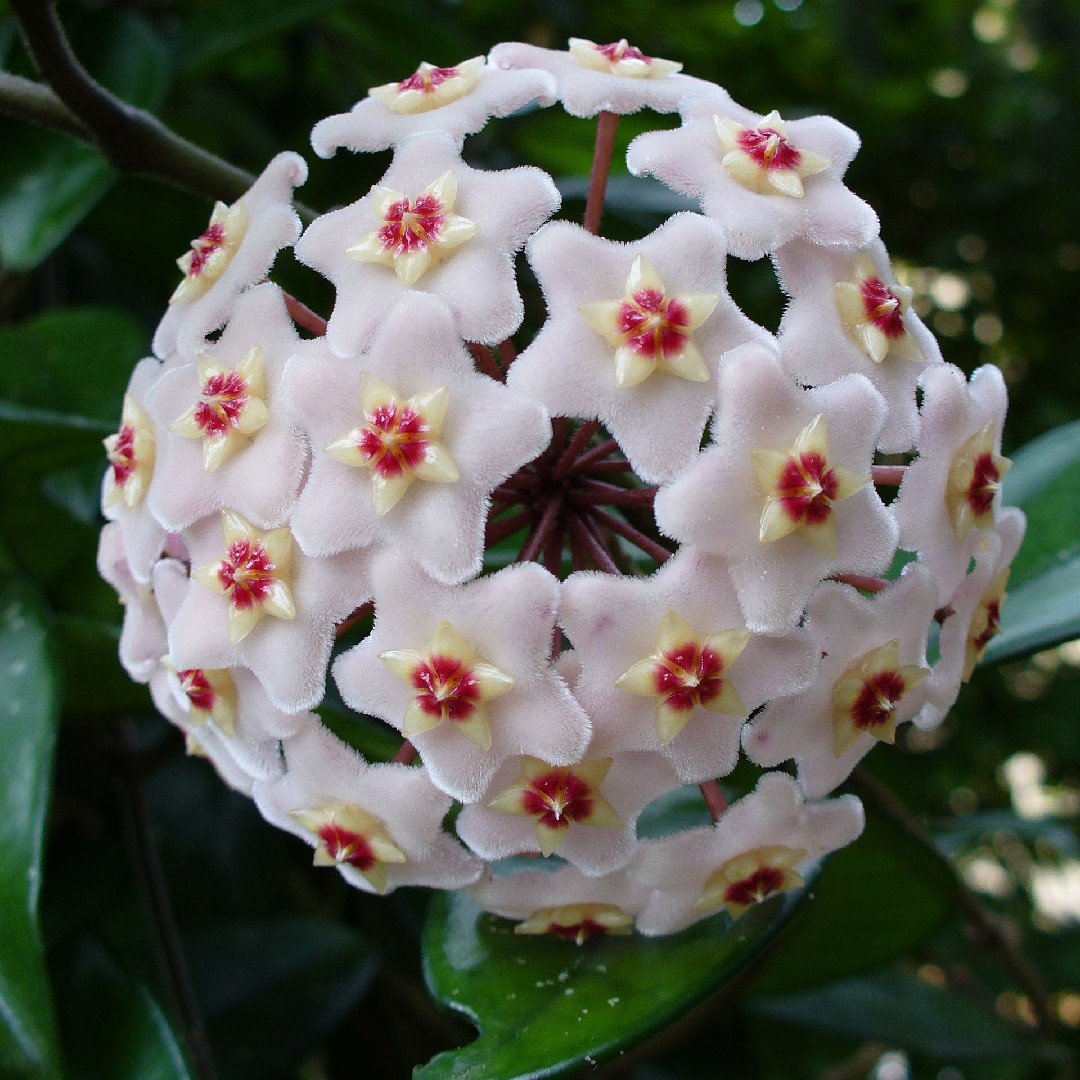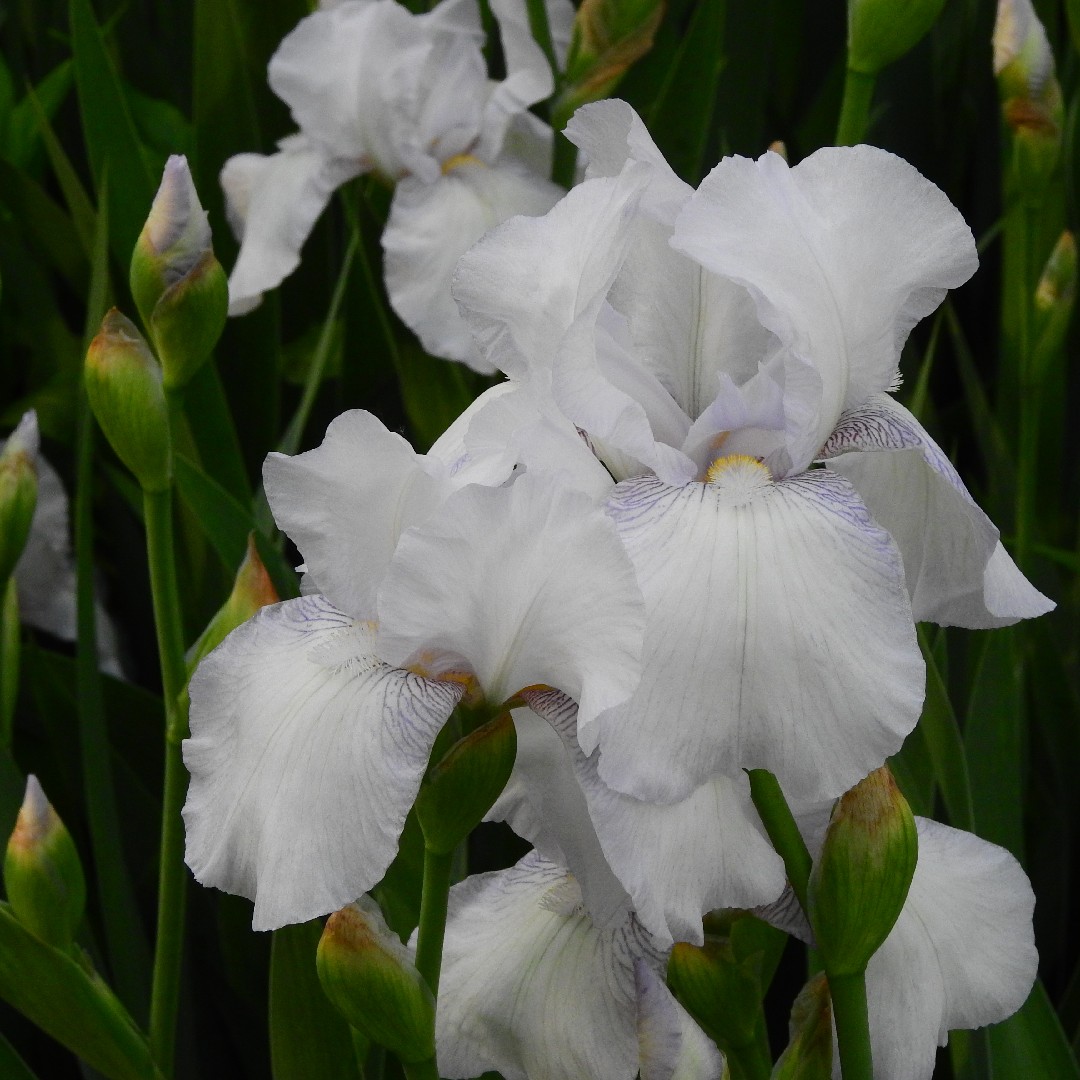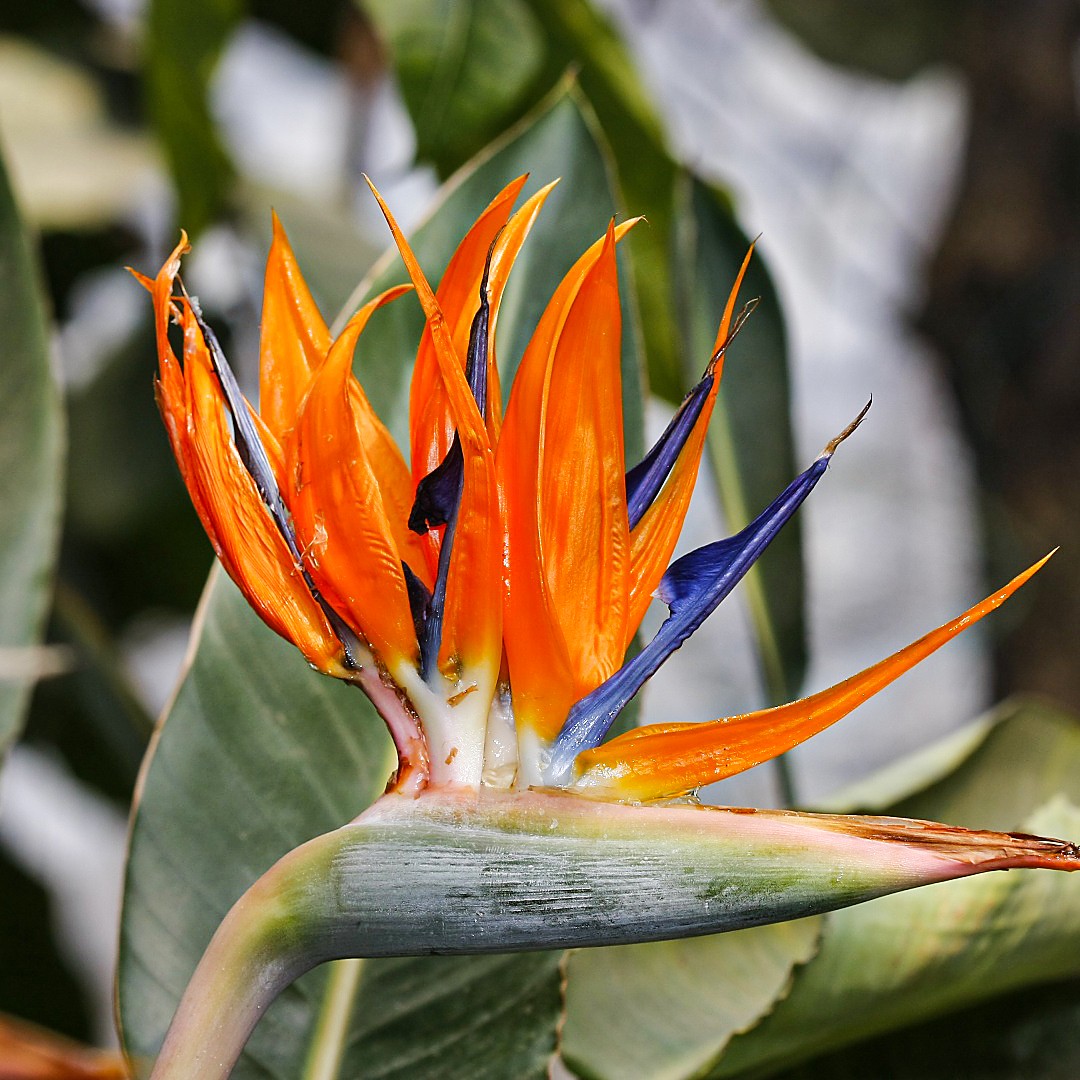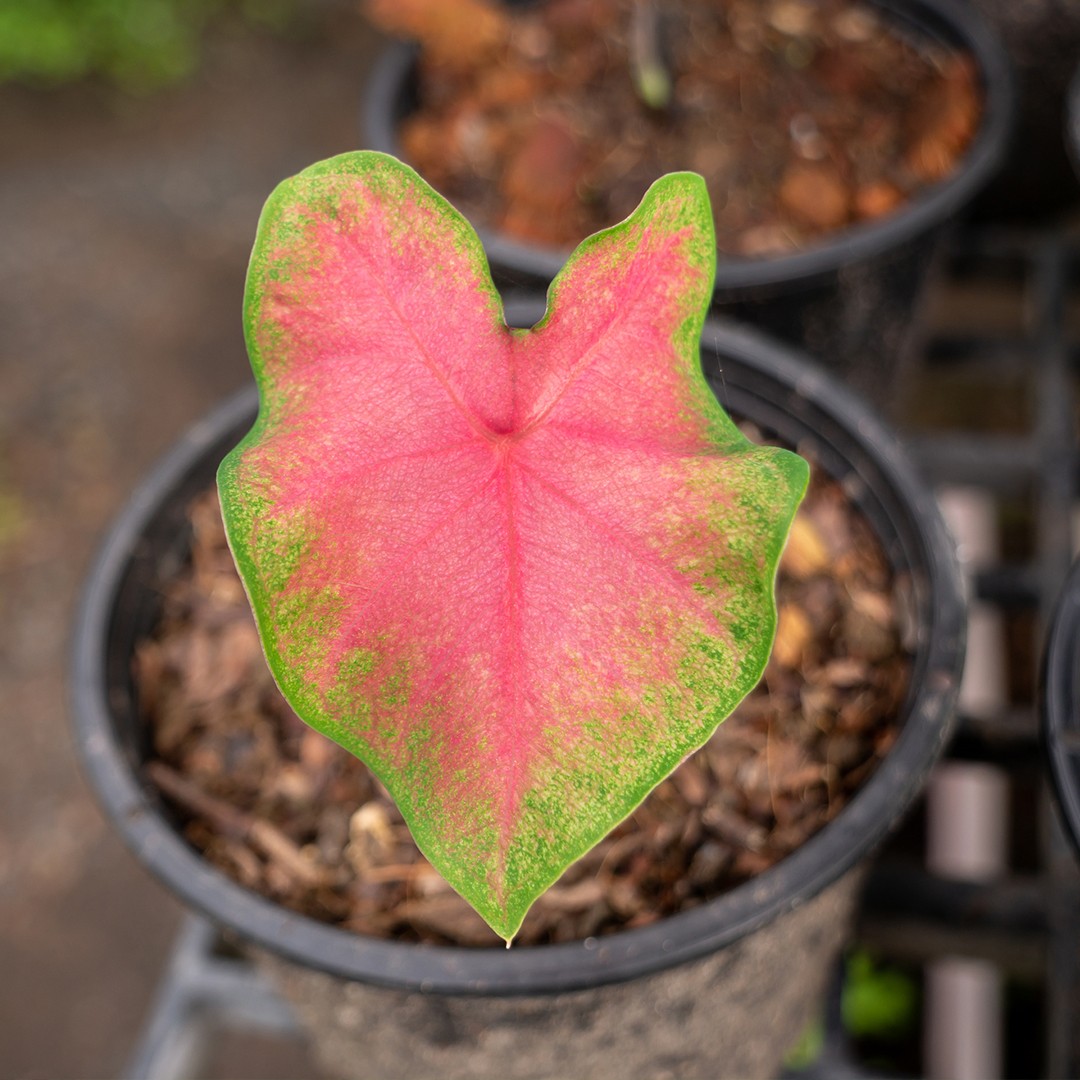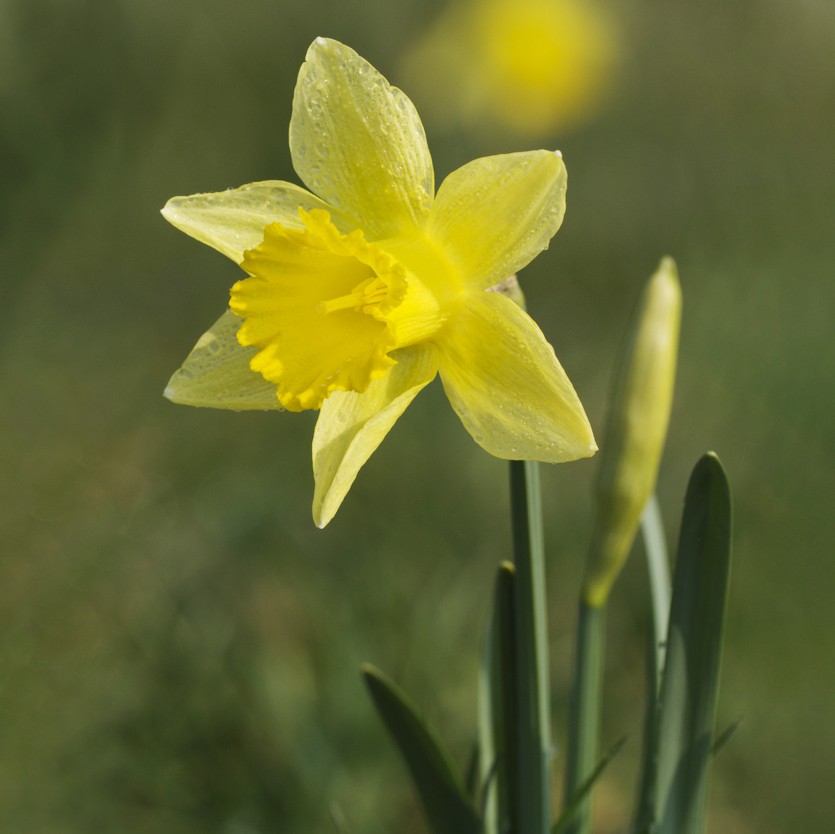The Oriental bittersweet needs outdoors come from rain, with only persistent dry weather requiring watering. Throughout the spring and fall growing seasons, the soil needs to be kept moist but not soggy, and alternating dry and moist soil conditions will allow the Oriental bittersweet to grow well. Throughout the summer, hot weather can cause water to evaporate too quickly, and if there is a lack of rainfall, you will need to water more frequently and extra to keep it moist.
Usually, the Oriental bittersweet will need less water during the winter. Since the Oriental bittersweet will drop their leaves and go dormant, you can put them into a well-draining but moisture-retentive soil mixture like the terracotta to help the water evaporate quicker. Once your Oriental bittersweet growing outdoors begins to leaf out and go dormant, you can skip watering altogether and in most cases Oriental bittersweet can rely on the fall and winter rains to survive the entire dormant period.
After the spring, you can cultivate your Oriental bittersweet and encourage it to grow and bloom when the temperature becomes warmer.This plant is not generally a fan of ponding or drought when flowering. You must ensure that the drainage is good at all times, especially during the winter.
When the plant is in a pot, the plant has limited root growth. Keep them well-watered, especially if they are planted in pots during summer. They don't like cold and wet roots, so provide adequate drainage, especially if they are still growing.
It's always best to water your Oriental bittersweet’s diligently. Get the entire root system into a deep soak at least once or twice a week, depending on the weather. It's best to avoid shallow sprinkles that reach the leaves since they generally encourage the growth of fungi and don't reach deep into the roots. Don't allow the Oriental bittersweet’s to dry out completely in the fall or winter, even if they are already dormancy.
Don't drown the plants because they generally don't like sitting in water for too long. They can die during winter if the soil does not drain well. Also, apply mulch whenever possible to reduce stress, conserve water, and encourage healthy blooms.
















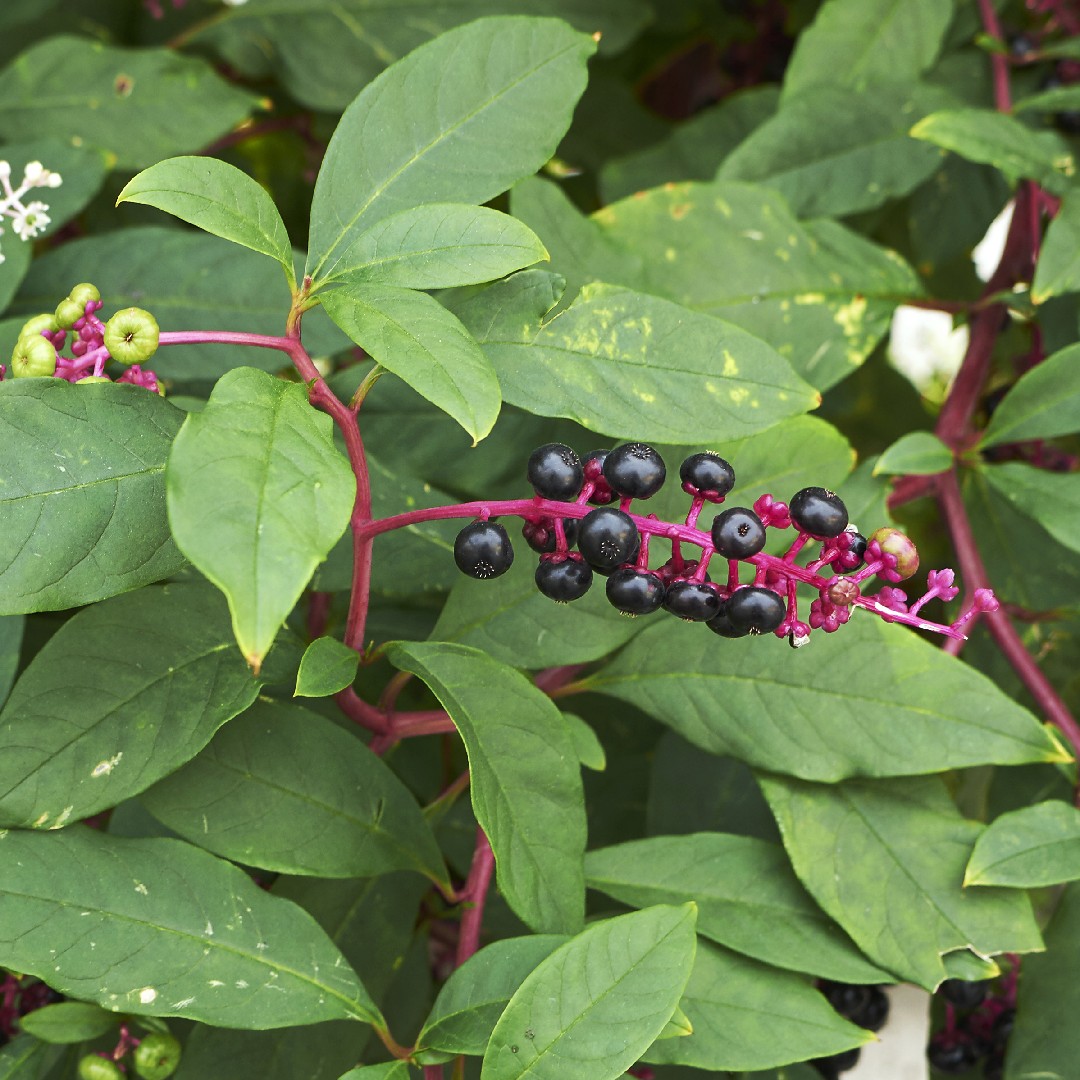


 Just like people, each plant has its own preferences and needs. Devote time to understanding your plants so you can nurture them properly. Observe your plants attentively, learning from their growth patterns, and becoming more in tune with their needs as you grow together. Keep a watchful eye on new plants and seedlings, as they are sensitive to both overwatering and underwatering. Shower them with gentle love and attention, fostering their growth and strength. Let the rhythm of your local climate guide your watering habits, adapting your schedule to the changing weather and the needs of your plants.
Just like people, each plant has its own preferences and needs. Devote time to understanding your plants so you can nurture them properly. Observe your plants attentively, learning from their growth patterns, and becoming more in tune with their needs as you grow together. Keep a watchful eye on new plants and seedlings, as they are sensitive to both overwatering and underwatering. Shower them with gentle love and attention, fostering their growth and strength. Let the rhythm of your local climate guide your watering habits, adapting your schedule to the changing weather and the needs of your plants. 





















